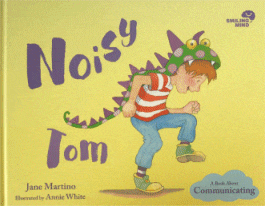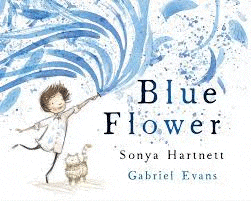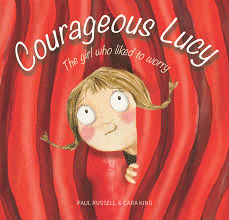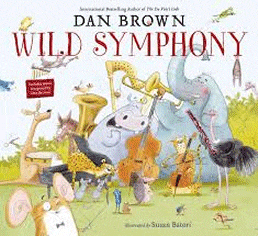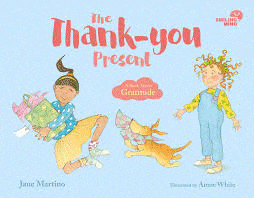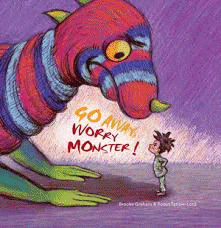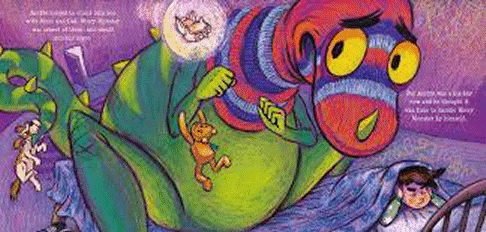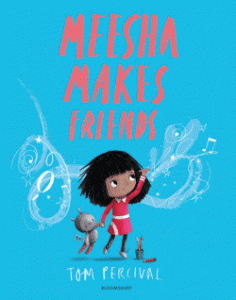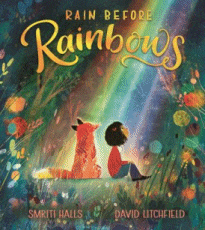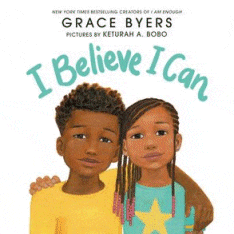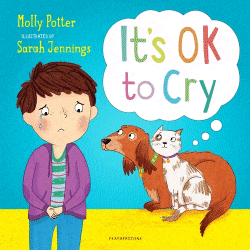
It’s OK to Cry
It’s OK to Cry
Molly Potter
Sarah Jennings
Featherstone, 2020
32pp., hbk., RRP $A21.99
9781472942425
Not so long ago, when boys got to about six or seven, they started hearing the familiar mantra of “big boys don’t cry”, encouraging them to “be tough” and suppress their emotions. While such a philosophy is still acceptable in many parts of society, for the most part it has been phased out but there are still many other less explicit messages that we pass on to our boys which have the same effect. Our words and our actions and reactions to particular circumstances all combine to pass on a subliminal message that somehow it’s not OK for boys to be in touch with and express their emotions. To do so is “girly” and sadly, that is somehow is showing weakness.
This book has been written to demonstrate to boys, particularly, that it is OK, in fact beneficial, to know and understand and express their emotions. Starting with a collage of some of those ways we parents make statements that suggest that to cry when you’re hurt is not tough and followed by another that has all sorts of similar subliminal media messages, it is clear that it is no wonder our boys can be confused. The pages that follow offer insights into a range of feelings, positive and negative, situations in which they might arise and words to describe them so when they occur they can be shared. There is a strong message that experiencing a variety of feelings over the day is completely natural – in fact it is what makes us human. It demonstrates that we won’t all have the same response to the same situation and that at any one time, there can be all sorts of emotions happening within a group of people.
It acknowledges that sometimes our feelings can make us uncomfortable and offers strategies to deal with these and there are also notes to enlighten parents about helping their children acknowledge, own and deal with their emotions in a healthy way rather than just suppressing them.
Even though this book has particular application at this time when life is not normal and adults are struggling with their mental health in an unprecedented way, it has application far beyond that as we pay more attention to the mental health of our students and address them. It could form the basis for a term’s work exploring much more deeply than the more traditional “I feel happy when…; I feel sad when…” offering students insight that could be the foundation for lifelong learning that takes us all to a calmer, more empathetic place.
